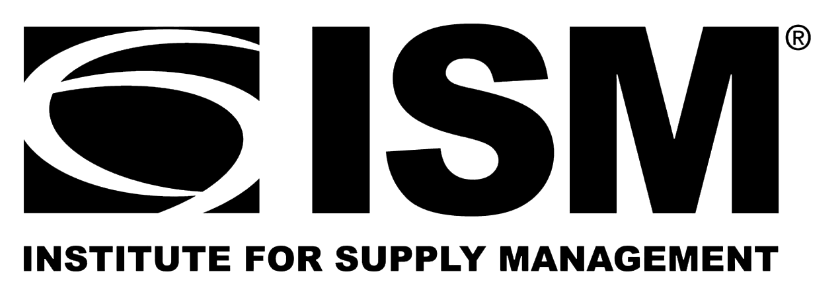Economy

Beige Book: Uncertainty to continue fueling slower economic growth
Written by Laura Miller
July 18, 2024
Growth in the US economy continues to be constrained. The Federal Reserve’s Beige Book report for July shows more areas reporting flat or declining economic activity than in its previous report at the end of May.
The Fed’s July 17 Beige Book report said economic growth was slight to modest in the majority of its 12 districts. At the same time, however, the number of districts seeing flat or lower activity rose from two in May’s report to five in July’s report.
In the manufacturing sector, “widely disparate trends” ranged from a “brisk downturn to moderate growth,” the report noted.
Some districts mentioned lower auto sales due to high interest rates and June’s cyberattack on CDK Global, which hit automotive dealerships across the country.
The report also highlighted a surge in ocean shipping spot rates on tight capacity.
The employment rate across all districts was slightly higher overall. Still, several districts reported shrinking employment in manufacturing because of slowing new orders.
“Skilled-worker availability remained a challenge across all districts; however, several districts reported some improvement in labor supply conditions,” the report said.
Looking forward, the Fed’s report stated, “Expectations for the future of the economy were for slower growth over the next six months due to uncertainty around the upcoming election, domestic policy, geopolitical conflict, and inflation.”
The Beige Book is a summary report of commentary on current economic conditions across the Federal Reserve’s 12 districts. It really is a book—it includes a ton of information. You can access the report for a deeper dive into economic activity in specific regions across the country.
Below is a summary of three of the districts, with a focus on manufacturing.
Chicago district
In the Chicago district, which includes northern Illinois and Indiana, southern Wisconsin, Michigan, and Iowa, the economic growth rate is expected to increase slightly over the next year, in line with the slight growth seen in late May and June.
The district’s labor market is tight. Some manufacturing respondents reported they’re still having difficulty finding workers to fill higher-skilled positions.
Dallas district
Manufacturing was steady in the Dallas district, which comprises the entire state of Texas and parts of New Mexico and Louisiana. Although improved from the prior report, outlooks remained neutral to pessimistic.
Weakening demand, inflation, and uncertainty around domestic policy were the top concerns cited in the region.
The report noted that while oil prices will likely stay well above breakeven costs through the end of 2024, natural gas prices remain “challenging” because of an oversupply. As a result, some contacts – smaller exploration and production firms in particular – foresee a reduction in drilling and well completion.
San Francisco district
San Francisco, the Fed’s Twelfth District, encompasses the states of California, Oregon, Washington, Idaho, Nevada, Utah, Arizona, Alaska, and Hawaii.
Economic activity in this district has been stable since the last report, but demand for manufactured goods weakened.
The district’s employment was also steady through June. At the same time, manufacturing, construction, and technology firms are still having challenges hiring specialized workers.
Contacts anticipate a modest deterioration in economic activity in the coming months, the report said.

Laura Miller
Read more from Laura MillerLatest in Economy

New York state manufacturing index drops again in April
Firms were pessimistic, with the future general business conditions index falling to its second lowest reading in the more than 20-year history of the survey

Construction adds 13,000 jobs in March
The construction sector added 13,000 jobs, seasonally adjusted, in March, but tariffs could undermine the industry.

Supply chains, end-users brace for impact from tariffs
Supply chains are working through what the tariffs mean for them

ISM: Manufacturing expansion loses steam after two months of growth
US manufacturing activity slowed in March after two straight months of expansion, according to supply executives contributing to the Institute for Supply Management (ISM)’s latest report.

Chicago Business Barometer rose to 16-month high in March
The Chicago Business Barometer increased for the third-consecutive month in March. Despite this, it still reflects contracting business conditions, as it has since December 2023.
